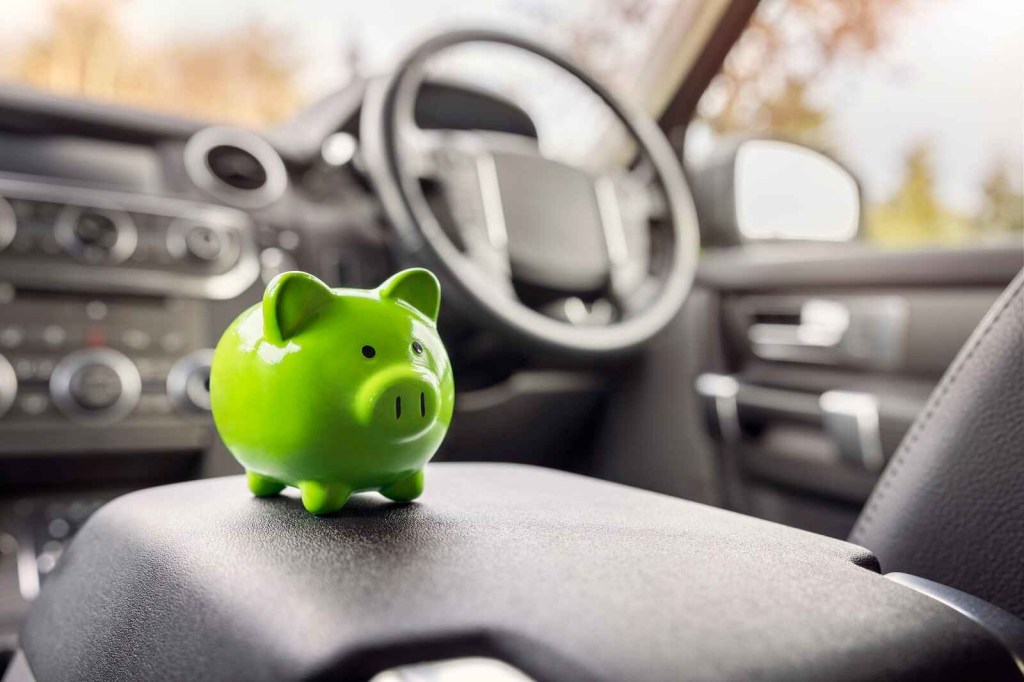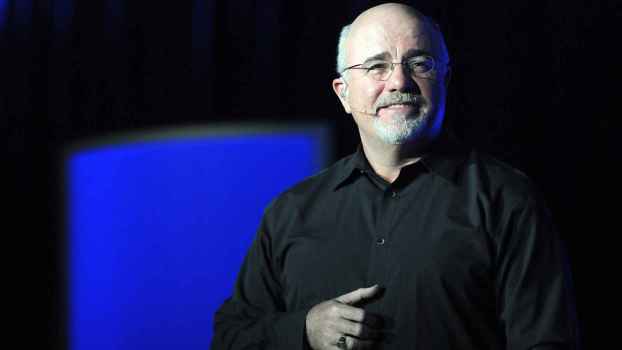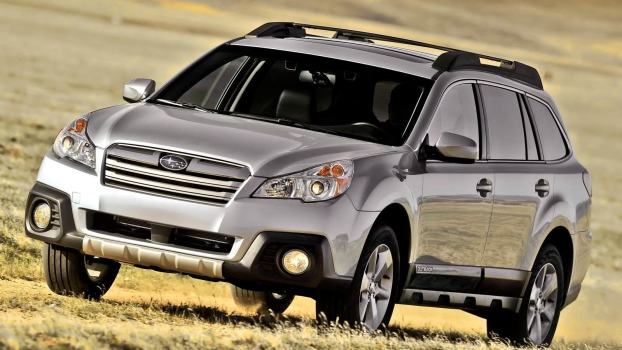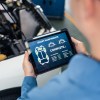
82% of Americans Can’t Afford a New Car – What Does This Mean for U.S. Transit?
The number of SUVs and trucks on American roads today no doubt reflects consumer interests. When we leave the house, we want to feel like we’re still at home. But these luxuries come at a much higher price tag than the econocars of decades past. With the current economic conditions at play, the automotive market is getting increasingly out of reach for most Americans, most of whom now can’t afford a new car. What does this mean for U.S. transit?
A recent analysis released by Newsweek shared some unpleasant truths. Since 2020, new car prices have risen nearly 30%, while used car prices leaped 38%. Last year, the average new car went for $50,364. While used car prices cooled a bit in 2023, those prices averaged a jaw-clenching $31,030.
According to a Market Watch study cited by Newsweek, individual Americans need at least $100,000 in annual income to afford a new car. However, Americans don’t budget strategically. Fortune alarmingly reported that more than a third of us don’t have $400 cash on hand for a small emergency. This means one in four folks would have to either borrow or liquidate an asset.
Looking at the reality of what’s on the road today, we can safely assume that people driving new cars either have that $100k income or borrowed more than the advised 10% of monthly income. Otherwise, folks are just driving old used cars. S&P Global Mobility tracks the average age of cars on the road. In 2023, the average age of a vehicle was 12.5 years. Passenger cars were even older at 13.6 years.

As states scramble to address their lacking infrastructure or consider stalling EV adoption, there’s more to the story here. We haven’t even gotten into how unprofitable it is for automakers to produce EVs. In any case, I rarely hear any talk of shifting our culture of transportation. Chatter has been simmering for years about better public transit in my home state of Ohio.
Columbus, Ohio is the biggest U.S. city without a passenger train service, says the High Speed Rail Alliance. Thankfully, the state announced in December it was approved for federal funding to expand Amtrak’s rail service across the state. Of course, it will be years before we can use it. Until then, here’s hoping the automotive market will get more reasonable.
With releases like the Tesla Cybertruck taking up all of the air in the room, we need something better for us all. So far, in 2024, the cheapest new EV is the Nissan Leaf at $28k. While under the average used car price, with a base range of 121 miles and most public areas not well-equipped for out-of-the-home charging, this is far from what most Americans need or want in an EV. The average used Tesla still comes with an over $40k price tag. You’ll spend at least double that for a new one.
In 30 years, we might all be driving electric or autonomous, but it won’t look like a stainless steel trapezoid. We either need to accept that smaller, more economical cars are appropriate for most, develop the technology and achievable retail standards to drive large, clean vehicles, or build more public rail systems. Until then, Americans will continue grappling with new car affordability (or lack thereof).





